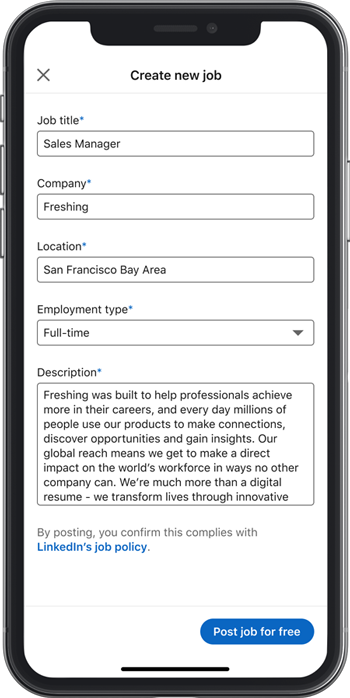(Project fans – sharing a podcast called The Best Hire Ever – this week I was on it with my buddy, Kris Dunn, and Jobvite’s Chief Talent Officer Kelly Lavin! Check it out!)
20 – Breaking Down the 2020 Recruiter Nation Survey – Kelly Lavin and Tim Sackett
In Episode 20 of BEST HIRE EVER, Kris Dunn breaks down the 2020 Recruiter Nation Survey from Jobvite with Kelly Lavin (SVP of Talent at Jobvite) and Tim Sackett. The survey is a leading piece of research on how recruiters are feeling and working annually, and this year’s release speaks volumes about how recruiters are feeling in the middle of COVID. Serious stuff as well as recruiters use of IG and TikTok, as well as recruiter turn-offs when viewing candidates on social.
Please subscribe, rate, and review (Apple) and follow (Spotify) to get the latest delivered to you. Click here if you don’t see the player below!
SHOW HIGHLIGHTS
2:40 – Kelly talks about her love for the HR Capitalist blog, etc. Kris wants to hear more. Tim doesn’t.
5:10 – Kelly breaks down the reason for the Recruiter Nation Survey – the reason for it, what is is and why it is important.
6:48 – KD talks about the survey size and the MARGIN OF ERROR – in a shoutout to an election year.
7:30 – The gang talks about the biggest downwards shifts in where recruiters are no longer spending their time and money during COVID (pipelining, time to hire, employer brand, candidate experience, and increasing retention rate). Wow. So much honesty in 2020.
13:55 – The gang talks about the upwards shifts in time spent and investment (managing layoffs and diversity hiring). Kelly, KD, and Tim wonder why the focus on diversity hiring didn’t trend upward more. Lots of honesty in the report from recruiters.
17:45 – Kelly, Tim, and Kris talk about what the survey says about video interviewing and where recruiters think candidates struggle with video interviews. 95% of recruiters think they are good at viewing interviewing. Tim thinks most of the recruiters think they are good at it because they’ve never been on the candidate side in a video interview. Kelly breaks down the issues with eye contact in a video interview.
24:30 – Tim talks about where recruiters are spending their time via the survey – social media and LinkedIn. Tim hates it. He rightfully points to the candidate database and referrals as where the hires are.
25:55 – KD mocks the uptick in the use of Instagram and TikTok for recruiter purposes. Kelly learns about how KD gets the best TikTok videos in next to no time spent. Kelly and Tim lead a real conversation about how TikTok might be used in a smart way by TA teams.
28:43 – KD leads a conversation from the survey results about the biggest “recruiter turnoffs” when viewing a candidate on social media (skin shots, use of pot, and of course – spelling errors. LOL). Stalk much?
RESOURCES AND SHOW NOTES:
————Kelly Lavin, Jobvite and Tim Sackett
The 2020 Recruiter Nation Survey
————Kris Dunn

